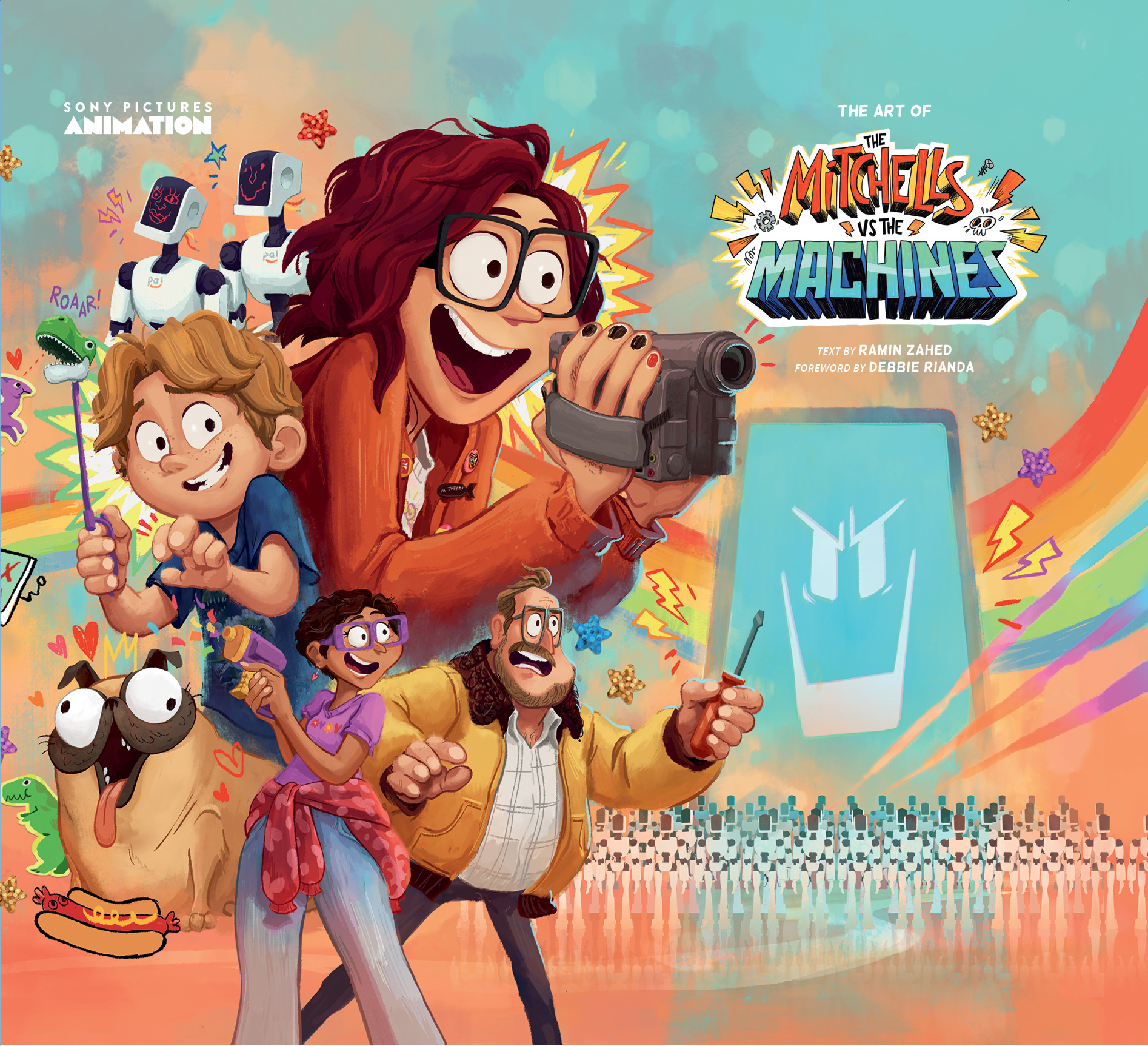‘Mitchells’ Director Mike Rianda Releases His 2015 Manifesto For Making ‘The Greatest Animated Movie Of All Time’
‘Mitchells’ Director Mike Rianda Releases His 2015 Manifesto For Making ‘The Greatest Animated Movie Of All Time’

Mike Rianda, director of awards favorite The Mitchells vs. the Machines, has released a manifesto he wrote early in the development phase, when the film was still known as Control. Alt. Escape!
Written in 2015, the document sets out Rianda’s vision for how the medium of animated movies — in the U.S. especially — could grow. The Movie Should Push the Medium of Animation Forward: “This is a tall order hahahaha but why not TRY?! Animation has been in a rut for years. All the animated movies just look like ‘animated movies’ and if animation is truly a medium and not a genre[,] [w]e should prove it by doing things no movie has ever done! How can we use the formal qualities of animation to tell our story BETTER and do it in a way you could NEVER do with live action/ This movie is about humanity — it should reflect that! It should be as HUMAN in every frame as possible! Maybe it should be 2D? Or a hybrid? Live action/CG? We’ll FIGURE IT OUT! I HOPE?!?!?!?!”
Here are six rules from Rianda’s manifesto for making an animated movie “thrillingly unique and amazing”:
New Influences: “Animation can be so self-referential, just drawing from the same well over and over again. We should ONLY draw from influences NO animated film has ever used: ‘60s photography, Dogme 95 movies, Modern Documentaries, New Hollywood Films, Fine Art, Graphic Design, teenagers’ drawings, and most importantly, real life.”
Cinematography matters here: animation should stop cribbing only from “classical Spielberg-style cinematography” and take inspiration from the camerawork of filmmakers like Martin Scorsese, Hirokazu Kore-eda, and Lukas Moodysson. So do environments: “In so many animated movies, the streets are empty and the homes look unlived-in. No one’s houses really look like that in real life.”
The Characters Must Be Memorable and Honest: “The characters need to be SPECIFIC and REAL and MEMORABLE. Sometimes you couldn’t describe a character in an animated movie other than, ‘He was, y’know, like a dad or something.’ We should be shooting for Harold and Maude or Max Fischer or The Dude — characters that people identify with so strongly, they want to dress up like them for Halloween. So, pull from real life, make the characters specific and layered and complicated, like real people.” The characters must be “memorable” and “honest.” Visually and emotionally, “they should be as deep and rich and complicated” as real people. Female characters in particular need to become more varied.
Good comedy is crucial: animated movies are full of supposedly comic moments that “don’t make ANYONE laugh.” At the same time, with the exception of Brad Bird’s works, American animated films often lack drama — the threat of something bad happening. Real stakes are needed: “We should have characters break arms and even have characters die to make the audience actually scared for our main characters.”
Plot dynamics aside, the filmmakers should deliver a clear message. “We can’t just say ‘be yourself’ or something generic,” concludes Rianda. “What is the honest thing that we’ve learned in life that we want to convey to the audience?”
Rianda himself admits that Mitchells fell short of some of these goals, “like having robots kill people on screen. Lol.” But the manifesto’s aims run clearly through the finished film. It was acclaimed for expanding the visual range of Hollywood cg animation in terms of everything from textures to shape language. Our review even noted that the Mitchell home feels “lived-in.”
The film has also been praised for the humor and nuance with which it depicts the Mitchell family. Teenage Katie, the protagonist, has been singled out as an example of how to present a queer character without making the story about their queerness.

熱門頭條新聞
- ADK Emotions NY Inc and T-Licensing Inc Announce Global Launch of New ‘Beyblade X’ Series
- UNITE WITH FRIENDS TO DEFEAT CORRUPT KING ARTHUR IN UPCOMING CO-OP ACTION ROGUE-LIKE ‘SWORN’, COMING 2024
- Sushi Battle Rambunctiously Out Now on Switch
- Still Wakes the Deep emerges on 18 June 2024
- New Sky of Tides Trailer Revealed with News of Exciting Animated Series
- Eggy Party announces over 100 Million User-Generated Maps
- Live the Undead Dream in “Stay Dead”
- Argentinian government suspends state funding to national film body INCAA
